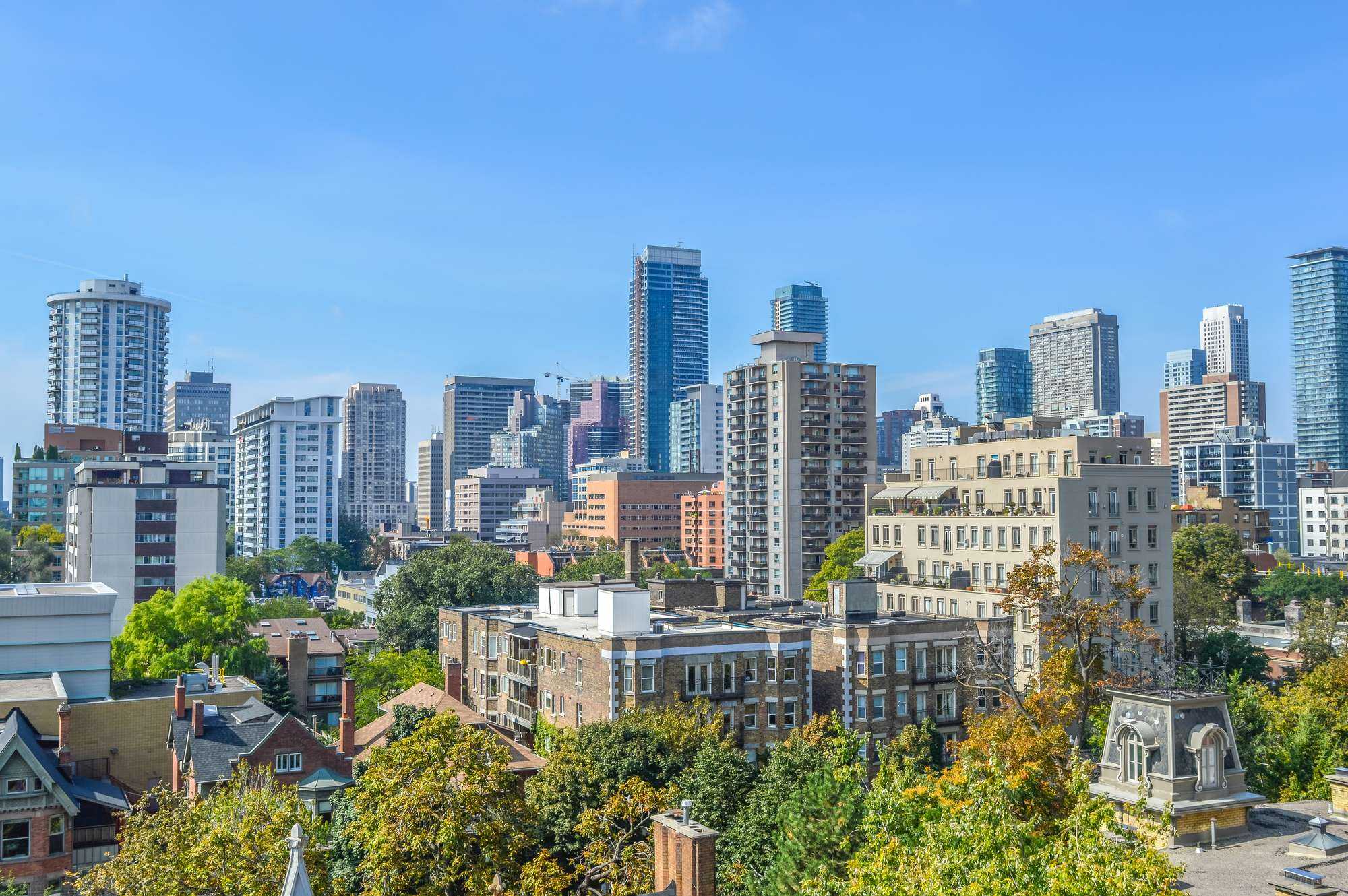BY JAY BRIJPAUL
On June 1st, 2021, the authorities introduced the stress test. The intention of the stress test is to simulate a buyer’s ability to repay a mortgage in case the interest rate climbs. The new qualifying rate is now 5.25% or two percentage points higher than the borrower’s mortgage rate, whichever is higher. The qualifying rate is the throttle that regulates the flow of qualified buyers into the market place. With less buyers, it is believed that the housing demands will decrease and the market will relax.
The market has begun to cool a little. In April, the number of homes sold dropped by 12.5% compared to March. The housing supply increased but prices still remained high. The Canadian Real Estate Association’s chair, Cliff Stevenson, mentioned that “While housing markets across Canada remain very active, there is growing evidence that some of the extreme imbalances of the last year are beginning to unwind, which is what everyone wants to see happen.”
Looking back, the pandemic was a perfect storm for the real estate market. About 10% of the housing supply usually comes from seniors who sell their homes and move into retirement residences. Most of these seniors have changed their minds and kept their homes. Many other sellers avoid selling because they are afraid of catching the virus by exposing their homes to the public. This shortage created scarcity. The government slashed interest rates to stimulate the market, and the low interest rate became a fertile ground for the market to mutate. The exponential growth encouraged speculating which further depleted the stock. Bidding wars emerged and house prices, even now, continue to climb. The quickest way to vaccinate the market is by using the stress test.
The stress test does not affect the interest rate buyers have negotiated. Currently, a buyer can arrange a five-year fixed mortgage for as low as 1.74%. However, it affects how much money they can borrow. For example, $100,000 mortgage at 1.74%, calculated over twenty-five years works out to a monthly payment of $411.32. Using the new qualifying rate, the monthly payment jumps to $599.25, an equivalent of 45.7% increase. Without the stress test, a buyer would need an income of $22,000, per $100,000 to qualify but with the new rule, they would require an income of $29,000.
If the income requirement is not there to carry the mortgage based on the qualifying rate, the lender will disapprove the mortgage. A buyer must then search for a cheaper home. This should cause home prices to deflate slightly.
In 2018, the stress test was first introduced for insured mortgages that catered for buyers with less than 20% down. This time around, it applies to all buyers. Originally, it did chill the market but then home prices began to head upwards. The new stress test will have a similar effect, easing the flow of buyers into the marketplace. The stress test is similar to building a dam across a river. Initially, it will control the flow of buyers, providing a temporary solution for a colossal problem.
It is ironic that this test will affect buyers who need a boost instead of a gash in order to buy. Buyers who are wealthier can increase their down payment to compensate for mortgage shortfall. However, buyers who do not have reserved cash to bolster their buying power are forced to settle for a less desirable property. Some will be compelled to rent, thereby denying an opportunity to own a home. Others who bought a less desirable home will eventually sell in the future in order to buy the home they had wanted in the first place.
My advice to buyers is to buy what you are qualified for. Have faith. You may have to settle for what you can afford. What is most important, especially for first time buyers, is to become a homeowner. For homeowners who are retiring and hope to downsize, consider moving away from the city. One of my clients sold his condo in Toronto for $550,000 and used $300,000 to buy a home in Sudbury and the remainder to buy a second home in Texas. He enjoys his summers in Sudbury and his winters in Texas.
Another idea is partnership buying. For example, two friends, each paying $2,000 in rent, pooled their funds together and used their combined income to buy a two-family home. They are hoping that in the future, they can work out an arrangement to invest in a second home. With this type of relationship, it’s best to establish a partnership agreement. A lawyer can assist.
Once most of the population has been vaccinated, the pandemic will subside and there will be a surge in immigration. The housing market will mutate again, and prices will climb. Unlike the pandemic, the only long-term solution for the housing dilemma is to build more affordable homes. Until then, build your immunity. Spend less and save more for harder times.


 Community News2 weeks ago
Community News2 weeks ago
 Community News1 week ago
Community News1 week ago
 Community News2 weeks ago
Community News2 weeks ago
 Community News1 week ago
Community News1 week ago
 Community News2 weeks ago
Community News2 weeks ago
 Community News1 week ago
Community News1 week ago
 Community News1 week ago
Community News1 week ago
 Community News1 week ago
Community News1 week ago































